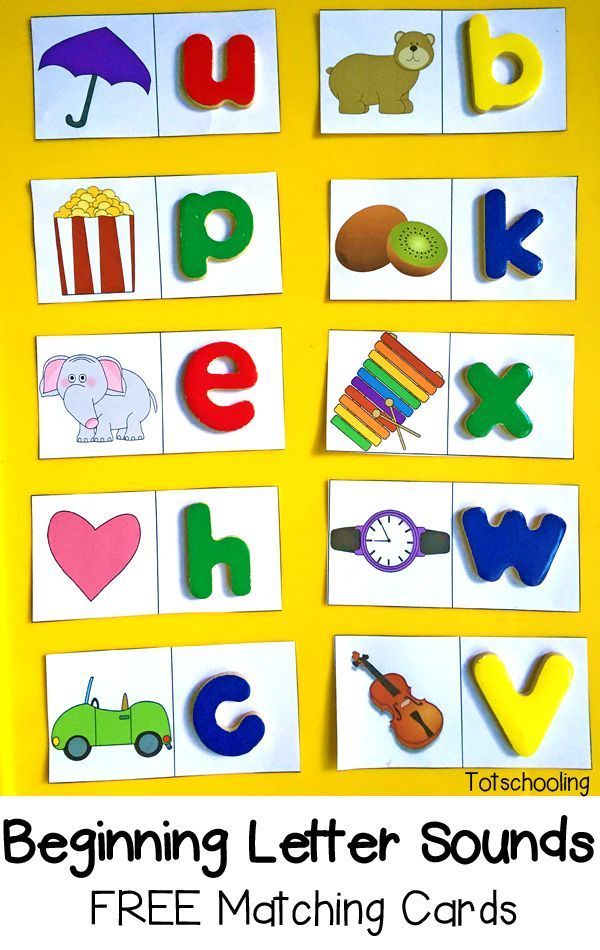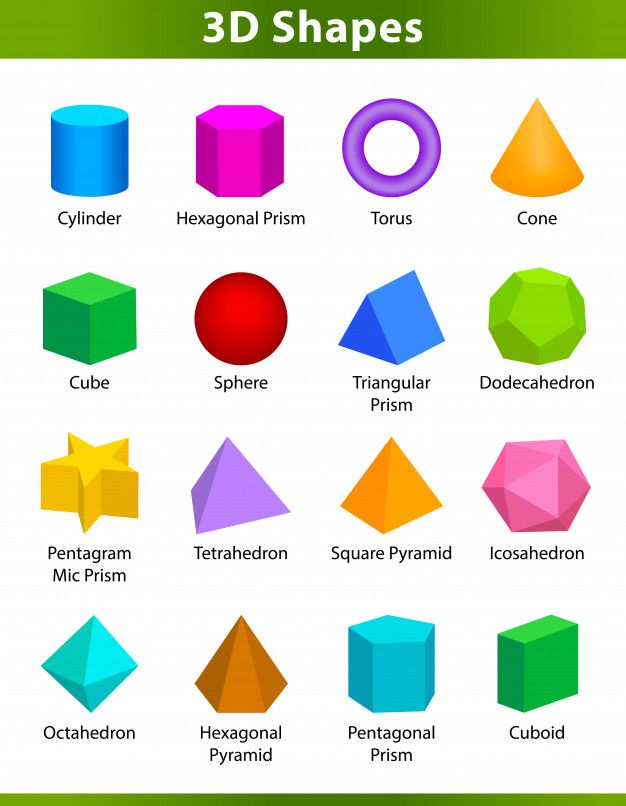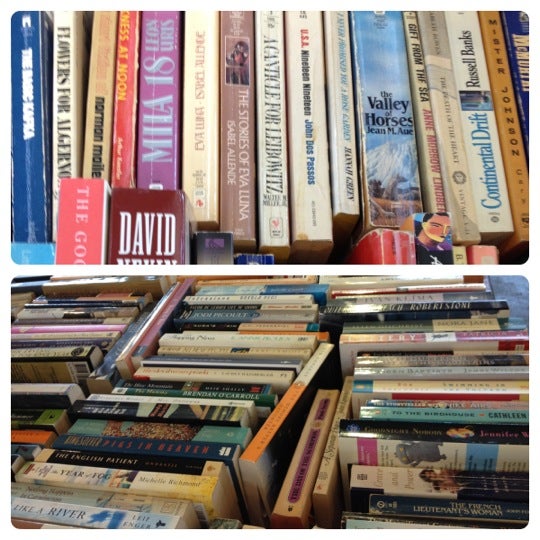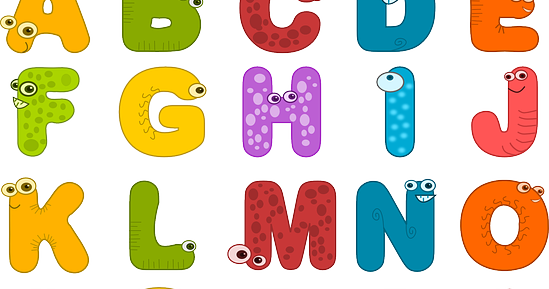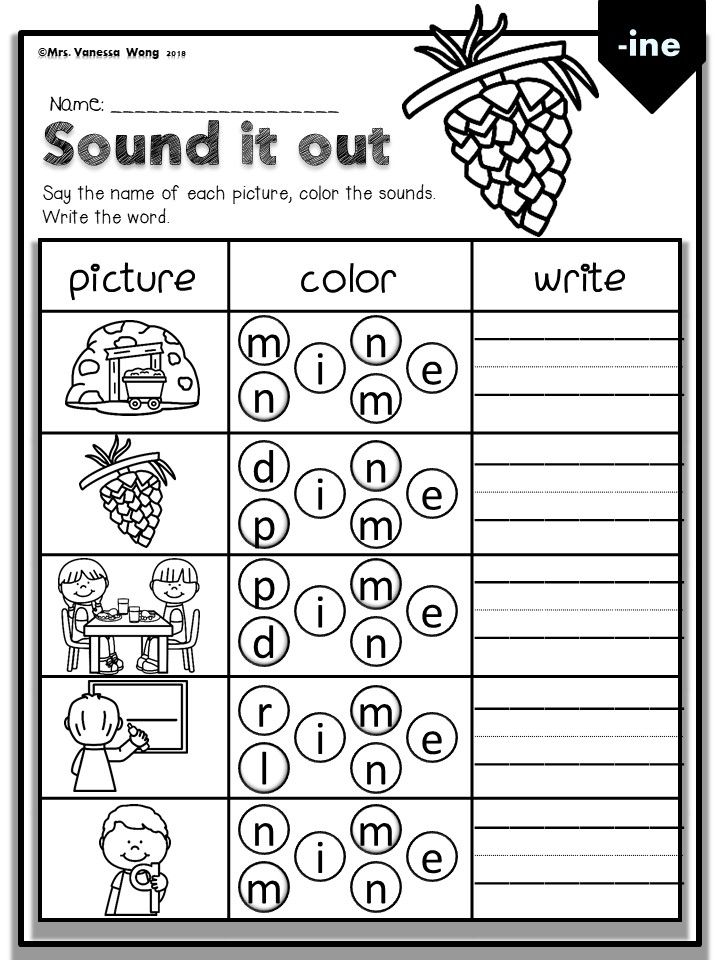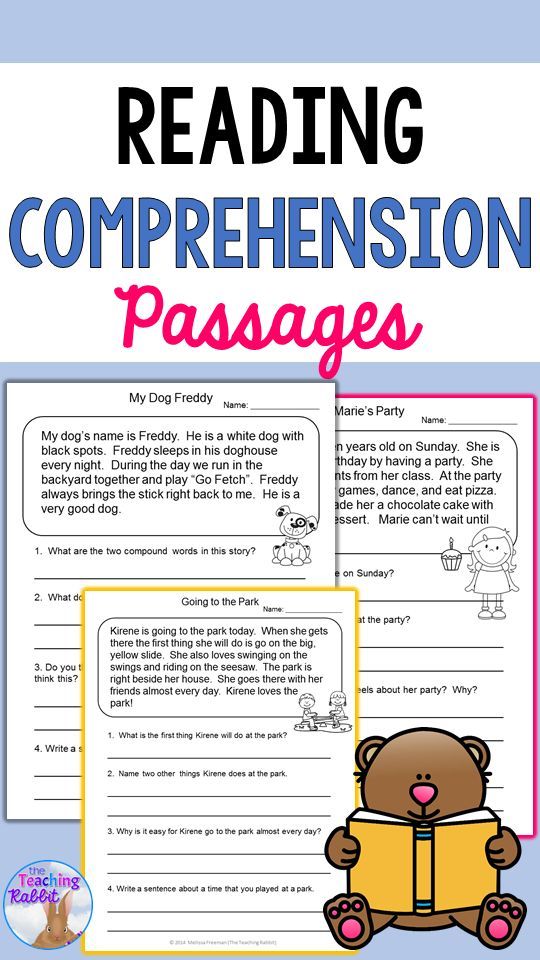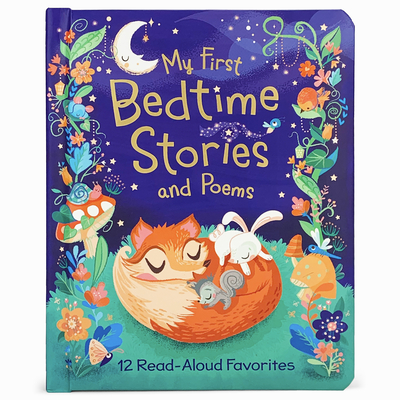The letter sounds
Letter Sounds App
General Questions
What devices are compatible with the Letter Sounds app?
The Letter Sounds A-Z app is compatible with devices running the OS versions listed below.
- Android 4.4 and later
- Kindle Fire OS 4.4 and later
- iOS 9.0 and later
- Windows XP and later
- OS X 10.9 and later
Is this the same app as the Letter Tiles app?
No, we have three different apps:
- The Phonogram Sounds app is a free app that is included with our programs. Use the app to reinforce the sounds with your child as you are teaching or to learn the sounds before you teach them.
- The Letter Sounds app is a free app for beginning learners that can be used to teach the first sound for each letter in the alphabet.
- The Letter Tiles app is a movable tiles app that is available for purchase for use in place of the physical Letter Tiles, or on days that you want to use reading or spelling on the go.
The Letter Tiles app is available for tablets only.
What does the Letter Sounds app teach?
The Letter Sounds app teaches the first sound for each letter of the alphabet.
Troubleshooting
Why can’t I install the app?
Please check that your device is compatible with the Letter Sounds app.
Why can’t I hear the sounds?
Make sure your speakers are on and that the volume is turned up. Test your system sound by playing a YouTube video or something else you know has sound. If your system sound is working, but you can't hear the app sounds, please contact us at [email protected] for assistance.
One of the features isn't working for me.
First, double-check that you are running the latest version of the app. If you continue to experience issues, please contact us at [email protected] for assistance.
Why don’t you have Letter Sounds for my device?
Contact us at support@allaboutlearningpress.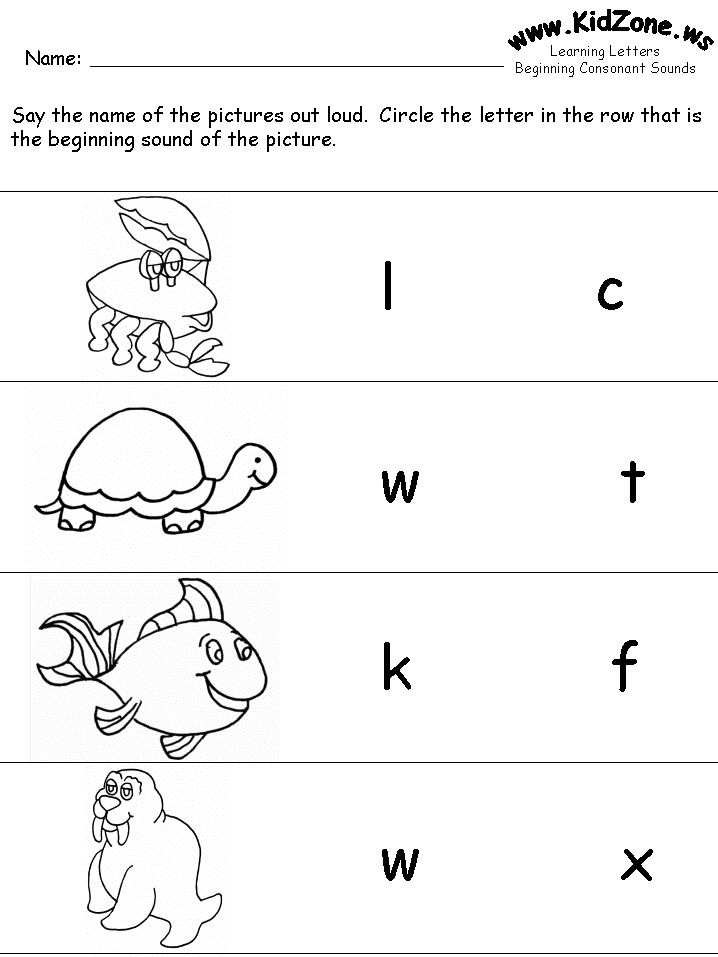 com and let us know what device you have! We are always looking to support more of our customers. In the meantime, you can use the online demo above as a fully functioning workaround.
com and let us know what device you have! We are always looking to support more of our customers. In the meantime, you can use the online demo above as a fully functioning workaround.
Other App Questions
Why don’t you teach all the sounds for each letter?
Great observation! The Letter Sounds app is for use with our Pre-reading program. It’s a first introduction to the most common sound for each letter of the alphabet. If your student is ready to learn the multiple sounds for the letters and other phonograms, check out our Phonogram Sounds app.
Why do you use /er/ for the sound of R?
Some sounds, like /r/, are difficult to capture on audio. Without a vowel sound before or after, they are unintelligible. We recommend that parents work with their children to ensure that the child is saying the sounds correctly. If the child is having any difficulty, you may want to demonstrate the sound in person.
Do you track data or record any of my personal information?
Absolutely not! The app installers only place the code that is required to run the app on your device. The only time we receive data of any kind is when the program checks for updates from our servers. This is only for updates. We do not receive any personally identifying information from your device.
The only time we receive data of any kind is when the program checks for updates from our servers. This is only for updates. We do not receive any personally identifying information from your device.
How many sounds does the letter ‘a’ make?
Letters and sounds
My earliest memory of learning the English alphabet for the first time is the song – a b c d, e f g… h i j k, l m n o p… l m n o p q, r s t… u v w, x y z. For a long time, I did not realise that the song used the letter names and not necessarily the letter sounds. It is only after my involvement in learning and teaching English through Phonics at NumberNagar®, I realised the difference.
What does this mean? A letter is a written representation – also known as grapheme. A sound is a distinct vocal expression – also known as phoneme. In the English language, there are two peculiarities in the letter-sound relationship. One – the letter name may or may not be the same as the sound made by the letter.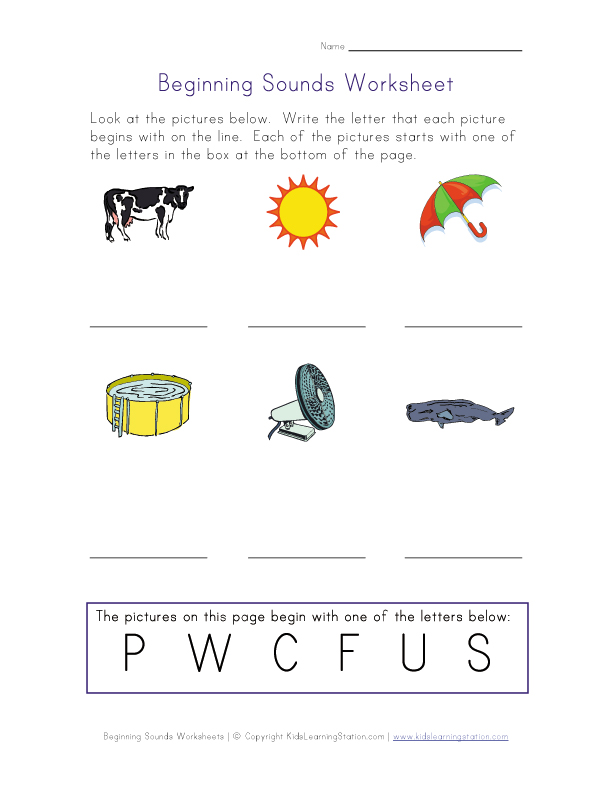 Two – the same letter can make multiple sounds.
Two – the same letter can make multiple sounds.
In most Indian languages, these two peculiarities are absent. The letter names and letter sounds are the same, and usually, one letter makes one sound. The languages where the letters and the sounds have a one-to-one relationship are said to possess ideal phonemic orthography. The English language deviates significantly from an ideal phonemic orthography. This fundamental difference between English and Indian languages makes English learning challenging for Indian learners.
Therefore, learning English using the Phonics method is highly beneficial to master the fundamentals of language learning. That is the primary objective of the NumberNagar® Phonics methodology.
Sounds of letter ‘a’
Owing to the non-ideal phonemic orthography of English, the letter ‘a’ makes more than one sound. In fact, it makes five different sounds. Let us look at these five sounds, shall we? In the following paragraphs, the sound is denoted using both International Phonetic Alphabet (IPA) and the American Heritage Dictionary (AHD) notations.
Sound 1 –
‘a’ as in apple – short vowel sound – æ (IPA) ă (AHD)
Sound 1 of aOther examples: bat, cat, cap, man
Sound 2 –
‘a’ as in snake – long vowel sound – eɪ (IPA) ā (AHD)
Sound 2 of aOther examples: cake, bake, gate, made
Sound 3 –
‘a’ as in father – broad sound – ɑː (IPA) ä (AHD)
Sound 3 of aOther examples: car, bath, ask, grass
Sound 4 –
‘a’ as in ball – o sound – ɔː (IPA) ô (AHD)
Sound 4 of aOther examples – call, war, fall
Sound 5 –
‘a’ as in many – e sound – ɛ (IPA) ĕ (AHD)
Sound 5 of aOther examples – any, anything, anywhere
This is not a common sound for letter ‘a’. Can you think of any other examples?
Listen to the five different sounds made by the letter a, in this audio.
Five sounds of letter ‘a’Is it not interesting to know about the sounds of the letter a? Do you have any stories about the letter ‘a’ and its sounds? Please share in the comments section.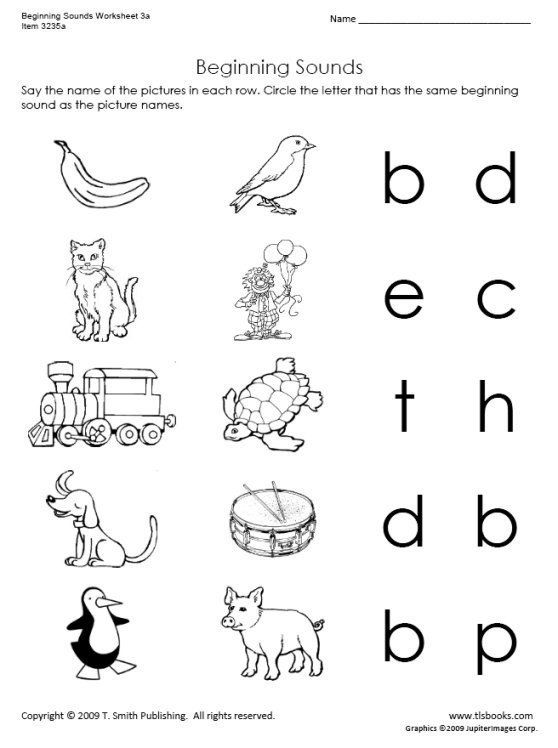
You can find more articles on Phonics related concepts here. Stay tuned for more to come.
************************************************************************
NumberNagar® Phonics KitHave you invested in the NumberNagar® Phonics Kit yet? It is the perfect gift for children in your family and friends’ circles. We have some exciting offers for Deepavali coming up. Order your kit soon.
Featured image credits: Gerd Altmann from Pixabay
The following two tabs change content below.
- Bio
- Latest Posts
Dr. Soumya is an Educator and Researcher with a passion for reading, writing and teaching. She holds a PhD in Chemistry (Michigan Technological University, Houghton, USA). Her experience as a student and a teacher in two countries led her to pursue a career in Education.
Her core work at NumberNagar® involves quality delivery of product and services at every stage of the customer life cycle.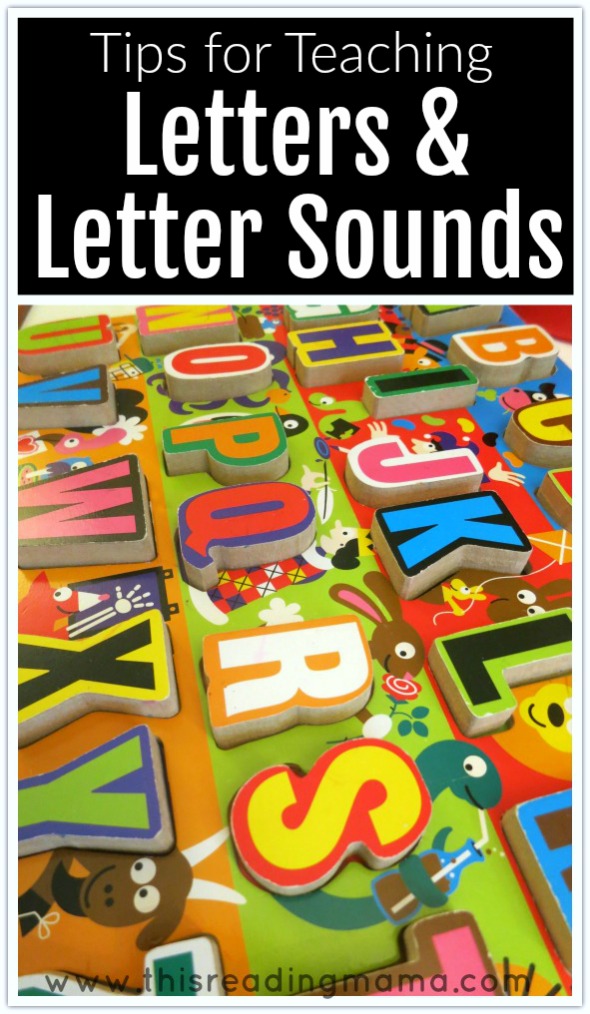 She leads the team that makes this happen. Previously she has taught Chemistry to first year undergraduate students at Michigan Technological University.
She is a voracious reader and challenges herself to read 50 books every year.
She leads the team that makes this happen. Previously she has taught Chemistry to first year undergraduate students at Michigan Technological University.
She is a voracious reader and challenges herself to read 50 books every year.
Listen to the letters of the English alphabet
Start learning English with the alphabet, because it contains letters that will help you learn to read and write.
Origin of the alphabet and pronunciation of English letters
The basis of the modern English alphabet is the Latin alphabet, but the names of the English letters differ significantly from the original Latin ones, so they must be learned by heart. The fact is that the English alphabet consists of 26 letters, and in the language itself there are 44 sounds (according to some studies, up to 49). This means that the same letter can express several sounds . Conversely, one sound can be written in different letters . That is, we can talk about the pronunciation of a letter only in a specific word.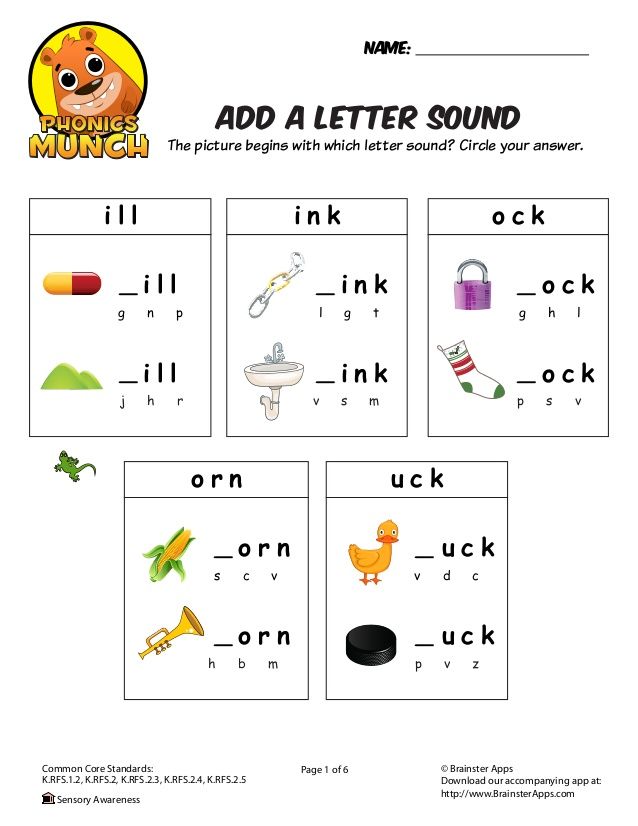 Take for example the sound [f], it can be expressed by the letter f> fish (fish) , as well as combinations of letters ph> philosophy (philosophy) or gh> laughter (laughter) .
Take for example the sound [f], it can be expressed by the letter f> fish (fish) , as well as combinations of letters ph> philosophy (philosophy) or gh> laughter (laughter) .
This means that the name of the letter and its pronunciation are not at all the same thing. When we talk about the alphabet, we mean the names of the letters.
American English Alphabet with Pronunciation
First, listen to each letter of the English alphabet separately. Click on the letter and she will name herself! Pay attention to transcription. The American name for the letter Z sounds like [zi], the British one like [zad].
| Aa[eɪ] | Bb[biː] | Cc[siː] | Dd[diː] |
| Ee[iː] | Ff[ɛf] | Gg[ʤiː] | Hh[eɪʧ] |
| Ii[aɪ] | Jj[ʤeɪ] | Kk[keɪ] | Ll[ɛl] |
| Mm[ɛm] | Nn[ɛn] | Oo[oʊ] | Pp[piː] |
| Qq[kjuː] | Rr[ɑr]/[ɑː] | Ss[ɛs] | Tt[tiː] |
| Uu[juː] | Vv[viː] | Ww[ˈdʌbljuː] | Xx[ɛks] |
| Yy[waɪ] | Zz[zi]/[zɛd] | American: [zi] or British (international) version: [zed] | |
Now listen to the whole alphabet
Try to learn the English alphabet by heart.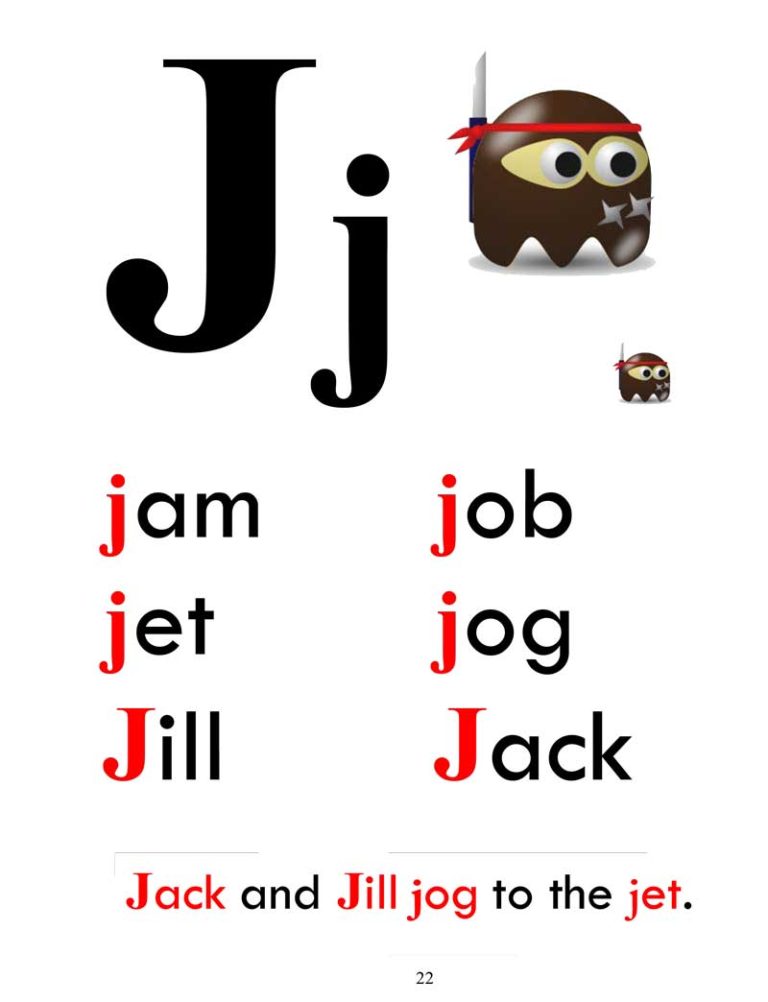 Why this is necessary and how to learn it better, you will find out by reading this page to the end.
Why this is necessary and how to learn it better, you will find out by reading this page to the end. Why know the alphabet by heart?
The alphabet is a very important element of language learning. It must be memorized so that it "flies off the teeth." Firstly, it will greatly facilitate the process of learning the language - reading, writing, working with dictionaries, will help to master pronunciation. Secondly, the alphabet will also be useful in oral communication, because the British, like the Americans, are very fond of abbreviations, and most of them are spelled. Knowing the alphabet and popular abbreviations, you will not be confused when you hear: LA (L-Hey), DC (DC), FBI (FBI), CIA (CIA) or NYPD (NWY- Pee Dee). If you have to work with lists or tables, then it will be much easier for you to search for the desired text, since tables and lists are most often sorted alphabetically.
During a telephone conversation, you can often hear: Can you spell your name, please? , which means something like this: I can't understand your foreign name, please spell .
How to learn the English alphabet?
Each letter must be known “by sight”, but the letters of the alphabet cannot be taught separately, it is much easier to learn them in a “legalized sequence”, the alphabet must flow like a song, the letters must be connected and inseparable like train cars.
Pay attention to how the letter "Z" sounds in the American version of the alphabet, remember the group
ZZ top ? Or maybe you met somewhere the letter combination EZ ? Now you'll know what it means easy - that's how all are just !
At the beginning of this page, we listened to the alphabet, and now we can look at the handwritten version of the spelling of English letters.
Handwritten Letters of the English Alphabet
Here you see one of the options for writing the letters of the English alphabet. This is exactly the option, since the variety of handwriting and individual characteristics of writing letters tends to infinity, ranging from simple “copying” printed letters to calligraphic delights in retro style.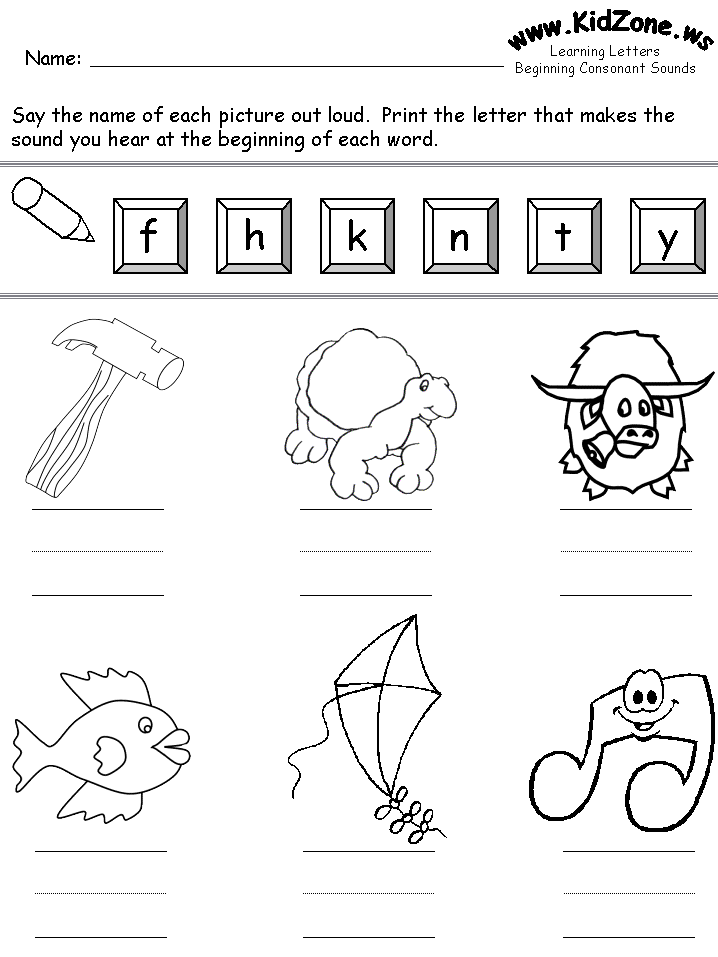 Do not get too hung up on the handwritten version, write as you like, the main thing is to be understood.
Do not get too hung up on the handwritten version, write as you like, the main thing is to be understood.
And in the children's section of our site you will find a song about the alphabet for the little ones.
You may also be interested in the section of our website dedicated to learning English with a child.
English alphabet with pronunciation, transcription and translation. Letters and sounds of the English alphabet
How many letters are in the English alphabet
The modern English alphabet contains 26 letters. English sounds were first recorded in the Anglo-Saxon runic alphabet as early as the 5th century. Christian missionaries brought to the island not only their religion, but also the Latin alphabet, which began to replace the runic alphabet around the 7th century. For a long time, these two alphabets existed in parallel.
Modern English alphabet (The English alphabet [ˈalfəbɛt]) is based on the Latin alphabet or "Latin".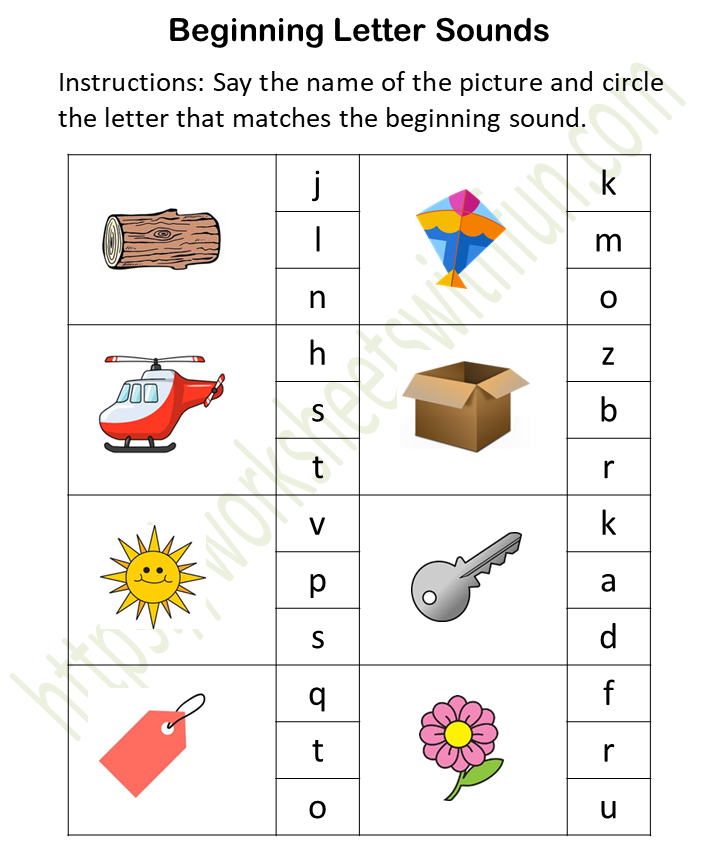 So what is the number in the English alphabet? Unlike the Russian language, which has 33 letters, the English alphabet consists of 26 letters:
So what is the number in the English alphabet? Unlike the Russian language, which has 33 letters, the English alphabet consists of 26 letters:
- 6 letters can represent vowels: "A", "E", "I", "O", "U", "Y »;
- 21 letters can represent consonants: "B", "C", "D", "F", "G", "H", "J", "K", "L", "M", "N" ”, “P”, “Q”, “R”, “S”, “T”, “V”, “W”, “X”, “Y”, “Z”.
Below we have added a table where you can see the entire English alphabet with the numbering of letters in order.
| | ||
|---|---|---|
| Direct number | Letter | Reverse number |
| 1 | a | 26 |
| 2 | B b | 25 |
| 3 | C c | 24 |
| 4 | D | 23 |
| 5 | e | 22 |
| 6 | F | 21 |
| 7 | G g | 20 |
| 8 | H h | 19 |
| 9 | I i | 18 |
| 9 | I i | 18 |
| 10 | J | 17 |
| 11 | K k | 16 |
| 12 | L l | 15 |
| 13 | M | 14 |
| 14 | N n | 13 |
| 15 | O o | 12 |
| 16 | P p | 11 |
| 17 | Q q | 10 |
| 18 | r | 9 |
| 19 | S s | 8 |
| 20 | T t | 7 |
| 21 | U u | 6 |
| 22 | V v | 5 |
| 23 | W w | 4 |
| 24 | X x | 3 |
| 25 | Y y | 2 |
| 26 | Z z | 1 |
By the way, the letter Y can stand for both a vowel and a consonant, and therefore refers to both vowels and consonants.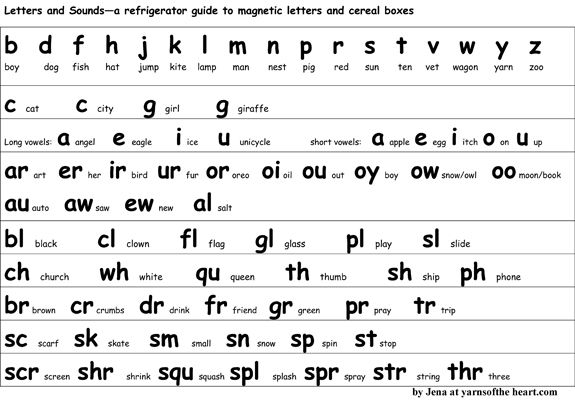
Americans and British pronounce almost all letters of the English alphabet the same way, except for the last one. The American alphabet differs in that the letter Z is pronounced as "zi" [ziː], and in the British - "zed" [zed].
Demo lesson for free and without registration!
Take a lesson, find out about the school and get a promotional code for English classes
Pronunciation of the English alphabet with the names of letters in English and Russian:
Below is a table where we set out the English alphabet with translation - transcription and pronunciation in Russian.
| | ||
|---|---|---|
| Letter | Transcription | pronunciation of |
| a | [eɪ] | hey |
| B b | [biː] | bi |
| C c | [siː] | and |
| D d | [diː] | di |
| e | [iː] | and |
| F | [ɛf] | ef |
| G g | [dʒiː] | ji |
| H h | [eɪtʃ] | h |
| I i | [aɪ] | ai |
| J | [dʒeɪ] | jay |
| K k | [keɪ] | cay |
| L l | [ɛl] | el |
| M m | [ɛm] | em |
| N n | [ɛn] | en |
| O o | [əʊ] | ou |
| P p | [piː] | pi |
| Q q | [kjuː] | cue |
| R r | [ɑː] or [ɑɹ] | a:, ar |
| S s | [ɛs] | es |
| T t | [tiː] | and |
| U u | [juː] | y |
| V v | [viː] | and |
| w w | [ˈdʌb(ə)l juː] | double |
| x | [ɛks] | ex |
| Y y | [waɪ] | wye |
| Z z | [zɛd], [ziː] | zed, zee |
Sounds of the English alphabet
We start learning English letters even before we come across foreign language lessons. We know them even before we start learning English: we meet them at work, when we play computer games or surf the Internet. English words are found everywhere: on advertising posters, in the names of goods, in store signs.
We know them even before we start learning English: we meet them at work, when we play computer games or surf the Internet. English words are found everywhere: on advertising posters, in the names of goods, in store signs.
Although the letters may be visually familiar to us, they are not always pronounced the way they are written. The alphabet of the English language for beginners with pronunciation, numbering and translation will help here, because even those who are fluent in foreign languages find it difficult to speak correctly. A typical situation is to spell an English word, for example, to give an email address, your name or street in English. This is where the difficulties begin, and we try to explain ourselves with images and associations: i - “like a stick with a dot”, H - “like a Russian n”, s - “like a dollar”, v - “like a tick.
From here it is better to memorize not only letters, but also their pronunciation. The latter is written by transcription and enclosed in square brackets.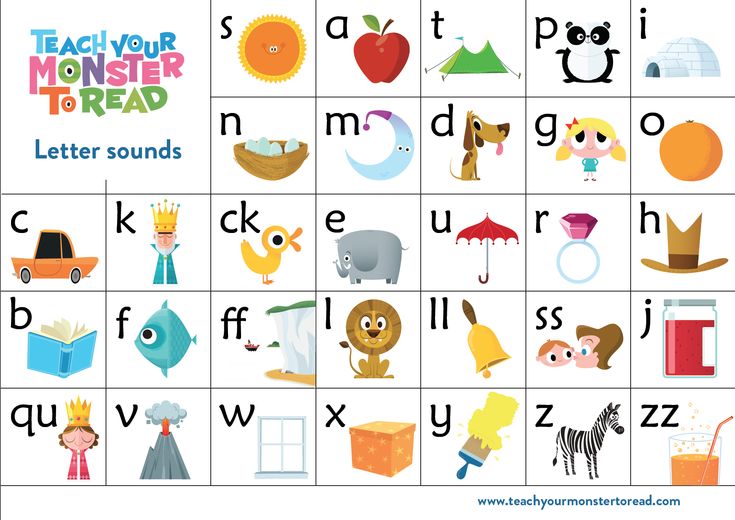 At first, it will be easier for you to memorize transcription with Russian pronunciation, but gradually you need to give it up and focus only on English transcription.
At first, it will be easier for you to memorize transcription with Russian pronunciation, but gradually you need to give it up and focus only on English transcription.
How to learn the English alphabet
Learning the alphabet is not just memorizing the order of the alphabet in English, Russian or Spanish, or knowing how many non-letters there are. To know the alphabet is to be able to pronounce sounds, as well as to write lowercase and uppercase letters correctly. In order to learn the entire alphabet of the English language easily, quickly and forever, follow these rules:
- Memorize both uppercase and lowercase letters of the English alphabet at the same time, pay attention to how English letters are written.
- Learn both the name of the English letters and the correct pronunciation, use the alphabet with transcription. It is easier to remember this at the same time than to relearn it later.
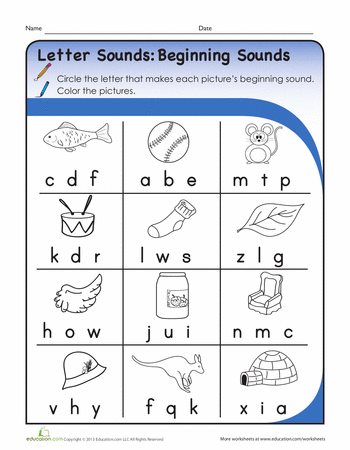
- Use all available resources: use audio recordings, videos of examples of correct pronunciation, printed texts, Internet resources.
- Learn the English alphabet in order, like in the ABC. Then change tactics: start studying the letters backwards, randomly, grouping.
- Exercise regularly, preferably every day for at least a few minutes. If you are tired of learning the same letters, take any children's book in English. Maybe you will not understand the meaning of what is written, but you will definitely be able to recognize and name this or that letter.
Another good way to learn the alphabet is to memorize a special rhyme. It is very short, but it will help to know every letter by heart:
Do you know your ABC?
You can learn along with me!
A, B, C, D, E, F, G,
H, I, J, K,
L, M, N, O, P U, V,
W, X, Y and Z
Now, I know my ABC's.
Next time won't you sing with me?
And the last piece of advice. Divide all letters into three large groups and learn them in three stages: the first group is 6 vowels: Aa, Her, Ii, Oo, Uu, Yy. Do not forget about transcription and remember that in English vowels can change their sound depending on the type of syllables, stress and other conditions; the second group of letters includes those that are written and pronounced similarly to Russian letters. They are easy to remember: Bb, Cc, Dd, Kk, Ll, Mm, Nn, Pp, Ss, Tt, Xx; the third group consists of those letters that sound and are written unfamiliar to native Russian speakers: Ff, Gg, Hh, Jj, Qq, Rr, Vv, Ww, Zz.
Methods and techniques for memorizing the English alphabet
There are many ways to learn the English alphabet from scratch that are suitable for both adults and children.
The most popular way to learn the English alphabet is through tables.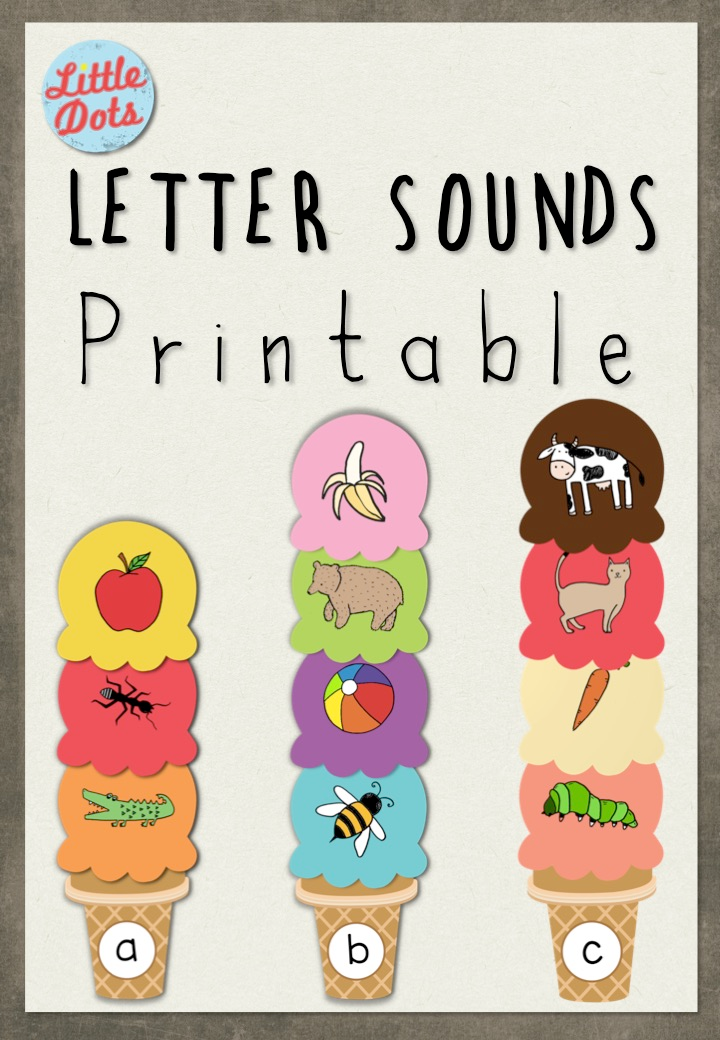 You can print the English alphabet tables from this article or search for others: English alphabet by numbers; English alphabet with numbering of letters, etc. Hang them over your desk and browse and read aloud whenever you have a free moment. The main thing is to memorize the alphabet with the pronunciation of sounds.
You can print the English alphabet tables from this article or search for others: English alphabet by numbers; English alphabet with numbering of letters, etc. Hang them over your desk and browse and read aloud whenever you have a free moment. The main thing is to memorize the alphabet with the pronunciation of sounds.
One of the most effective ways is to make colored cards with the letters and words that begin with them and post them in a prominent place. These cards can be made by yourself or bought in the store. It is better to use well-known words, for example, the names of animals.
You can train with special exercises, for example, this one: get a special notebook and write down letters in several lines in it - both uppercase and lowercase letters of the English alphabet. And when writing, dictate to yourself aloud the name of the letter. This exercise includes all three main types of memory: auditory, visual and motor.
Don't forget about games that will help you learn the English alphabet. For example, Spell the word or “Spell the word” - whoever spells it wrong first loses. And you can also read the alphabet at speed, write letters correctly by ear, pronounce the letters written on the card, and so on. The audio alphabet of the English language with pronunciation has proven itself well. A student can independently master the letters and sounds just by listening to the recording. The main thing is to be systematic.
For example, Spell the word or “Spell the word” - whoever spells it wrong first loses. And you can also read the alphabet at speed, write letters correctly by ear, pronounce the letters written on the card, and so on. The audio alphabet of the English language with pronunciation has proven itself well. A student can independently master the letters and sounds just by listening to the recording. The main thing is to be systematic.
Interesting facts about the English alphabet
Learning the sounds and letters of the English language will be more fun if you know a few interesting facts about the alphabet:
- The English alphabet can be called by its first letters "ABC";
- The English word alphabet comes from the Latin alphabet, where alpha and beta were the first letters of the alphabet. But even before the Latin alphabet, they were the first letters of the Phoenician alphabet (alef and bet), which arose in 1050 BC.
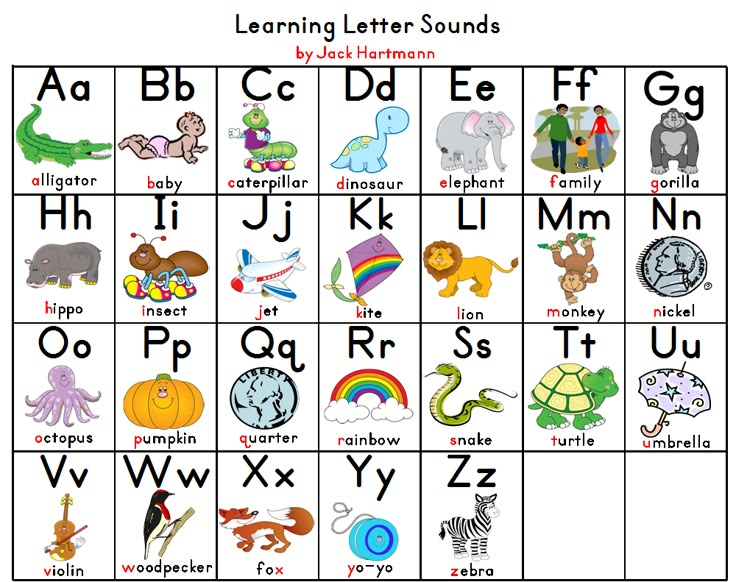 e.
e. - The article the is the most common word in the English language.
- The most common letter in the English alphabet is E, and the most common consonant is T. The letters S and T are most common at the beginning of English words. The rarest letters in the alphabet are Q and Z.
- There are only 5 vowels in the English language and as many as 20 vowel sounds! For example, the letters Y and W can be pronounced as vowels (try, my, cow, few). The same letter can be read in several ways, for example, in the words cat [kæt], place [pleis], dark [daːk], air [ɛə].
- All 26 letters of the English alphabet can be put into a sentence or pangram that shows how each letter of the font will look: "The quick brown fox jumps over the lazy dog" (loosely translated: "The quick brown fox jumps over the lazy dog." English analogue - "Eat some more of these soft French rolls and drink tea").
Conclusion
English speakers remember their alphabet much more often than Russian speakers, because in English the pronunciation of a word often does not match its spelling.